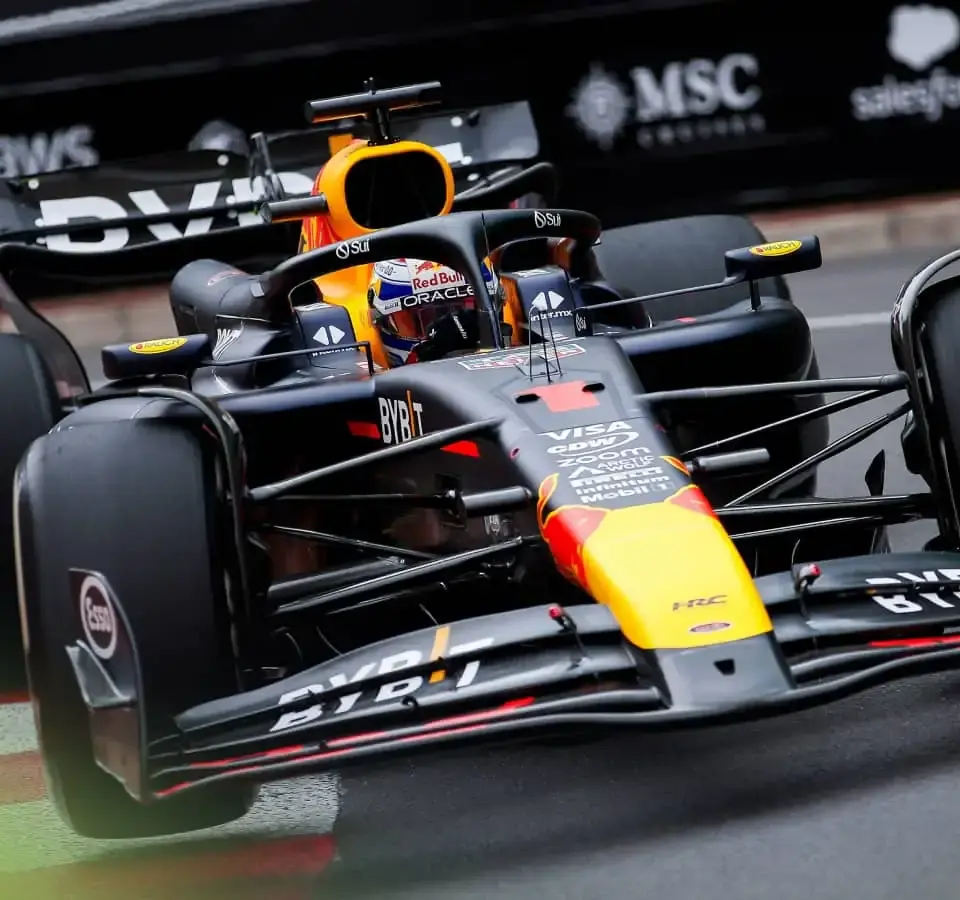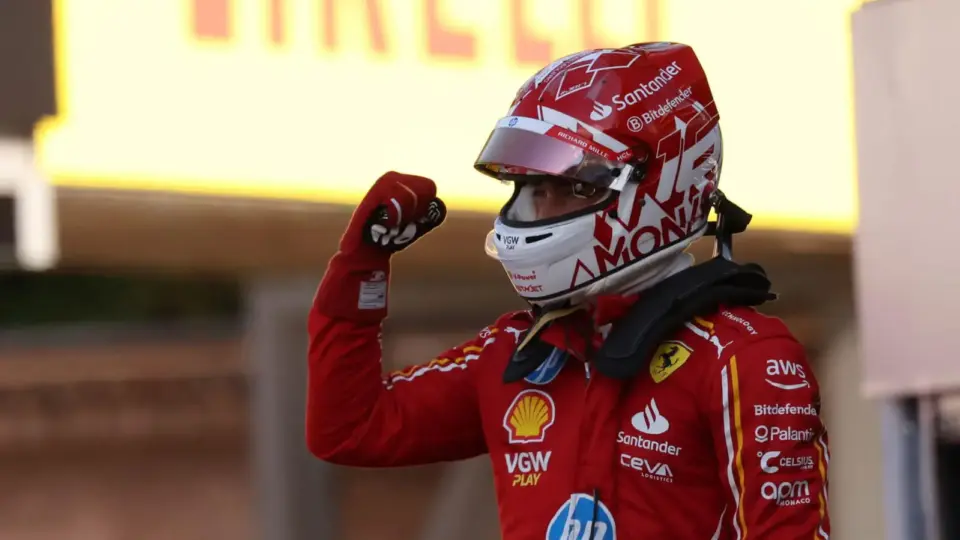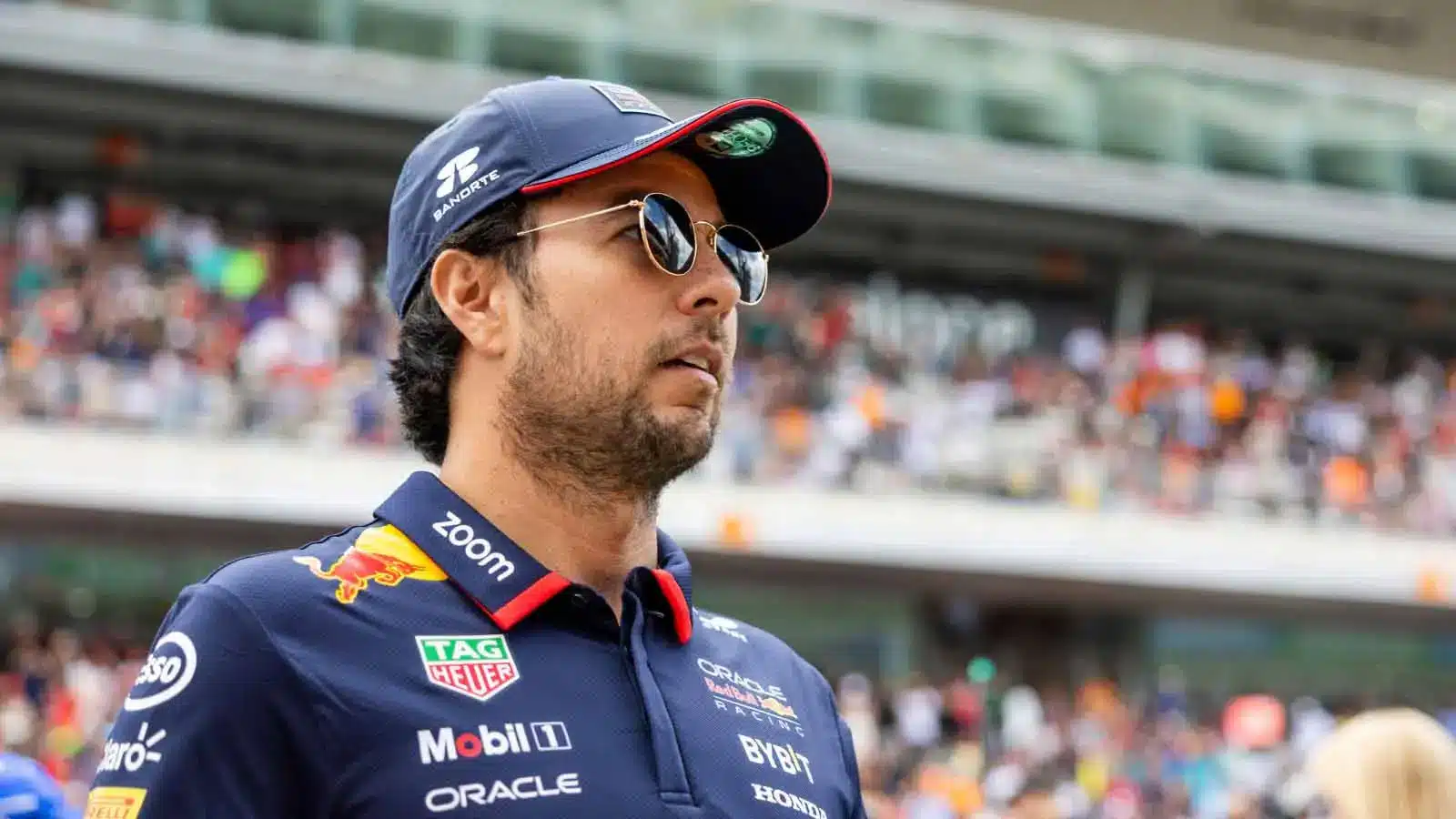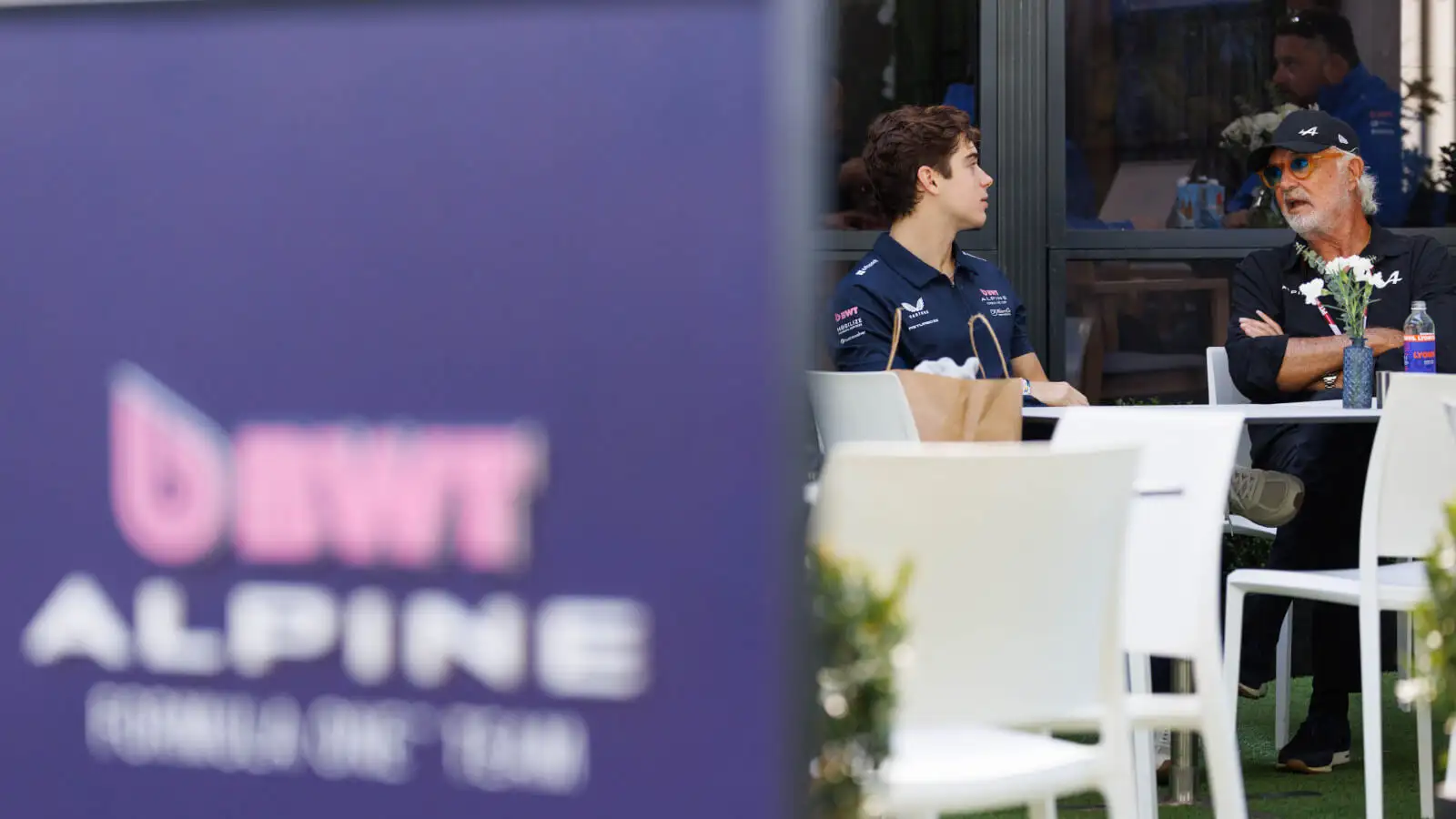Max Verstappen’s recent challenge in Monaco has sparked a fresh theory about Red Bull’s RB20 performance. The issues have been attributed to the car’s design, which heavily focuses on aerodynamics over mechanical sympathy, making it difficult to handle on bumpy surfaces.
In Monaco, Verstappen found himself unable to fend off Ferrari’s Charles Leclerc, who clinched his first victory of the 2024 F1 season. Verstappen’s frustration was evident as he described his RB20 as feeling like “a go-kart with no suspension and no dampers” during the race.
Former Aston Martin strategy chief Bernie Collins has weighed in on the situation, offering insights on the Sky F1 podcast. According to Collins, the Red Bull RB20’s aerodynamics-first design philosophy leads to challenges on tracks with uneven surfaces. This design choice, she explains, puts mechanical sympathy on the back burner, which becomes problematic on bumpy tracks like Monaco.
Collins elaborated, “The whole aero platform, the philosophy of the Red Bull is very much prioritise aero, mechanical sympathy comes second. That’s always been the way that they’ve had the best aero performing car. Now, on a flat, smooth surface, high-speed corners, that’s easy to achieve. On a bumpy track, a street track, a track with very aggressive kerbs, much, much more difficult to achieve.”
Looking ahead, Collins believes the RB20’s performance will improve as races shift away from street circuits. Tracks like Barcelona should pose less of an issue, but temporary track surfaces such as Canada’s could still present challenges. She noted, “Canada can be quite bumpy I think at times, so there is potential there, because it is a temporary track surface really. Barcelona should be a lot better. So we’ll have a mix. But anything that is sort of a street track or where there’s that sort of unsettled, will be a struggle.”
The tight, kerb-laden nature of the Monaco circuit offered no room for mistakes, forcing drivers to take extra caution and potentially lose lap time. Collins explained that tracks with more margin for error allow drivers to explore their limits more freely, unlike Monaco where the walls are right there. “The problem with Monaco is there’s no margin, the wall is right there. So if you don’t feel confident in the car, and you’re taking any sort of extra margin because of bumps or unsettled, then you’re losing lap time. Whereas the tracks where the walls aren’t so close, then you can potentially start to explore the limits a little bit more.”
As the F1 circus heads next to the Canadian Grand Prix, Verstappen will be aiming to bounce back. The Dutch driver has had success at the Circuit Gilles Villeneuve, winning there in the past two years. His team, Red Bull, will undoubtedly be hoping that the transition away from street circuits will play to their strengths. Whether this new theory holds true will be closely watched in the upcoming races.
Only time will tell if Red Bull can overcome their street circuit woes and fend off the rising challenges from Ferrari and McLaren as the season progresses.
Source: Planetf1










